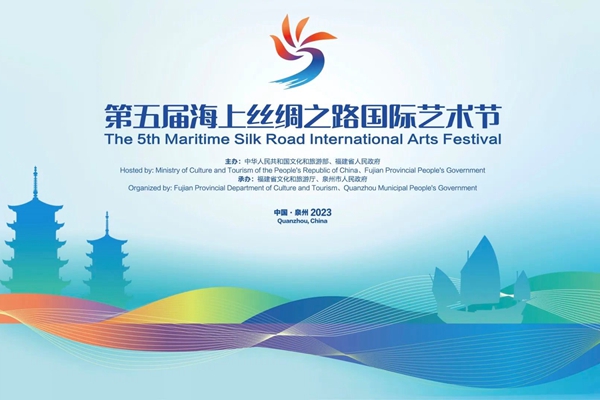Quanzhou Nanyin

A Nanyin performance [Photo provided to enquanzhou.com]
Quanzhou Nanyin, known as a "living fossil" from China's musical history, is one of the oldest existing musical forms in China.
Beginning during the Western Han (206 BC-AD 24) and Eastern Han (25-220) dynasties, and especially during the Tang Dynasty (618–907), many people in Central China immigrated to southern Fujian, bringing with them their music culture, which later blended with the local folk music to create a new music genre – Nanyin.
Nanyin songs are sung in the local dialect of southern Fujian, but the tunes retain lots of ancient words and melodies from Central China.
During traditional Nanyin performances, the lute and sanxian (a three-stringed plucked instrument) players sit on the right, the dongxiao (a vertical flute) and erxian (a two-stringed vertical instrument) on the left, and the singer with a clapper in the middle.
Quanzhou, the birthplace of Nanyin, has hundreds of Nanyin clubs. Nanyin has spread from Quanzhou to other parts of Fujian and Taiwan, and even to Southeast Asia and Europe.
Quanzhou Nanyin was listed in the first batch of the national intangible cultural heritages in 2006. And in 2009, it was listed as a World Human Verbal and Intangible Cultural Heritage by UNESCO.

 5th Maritime Silk Road International Arts Festival
5th Maritime Silk Road International Arts Festival 